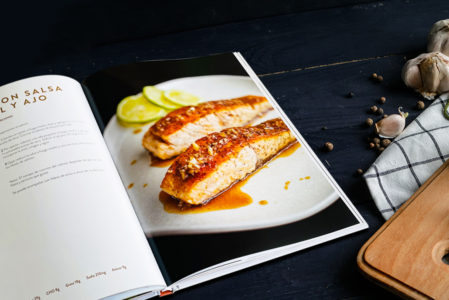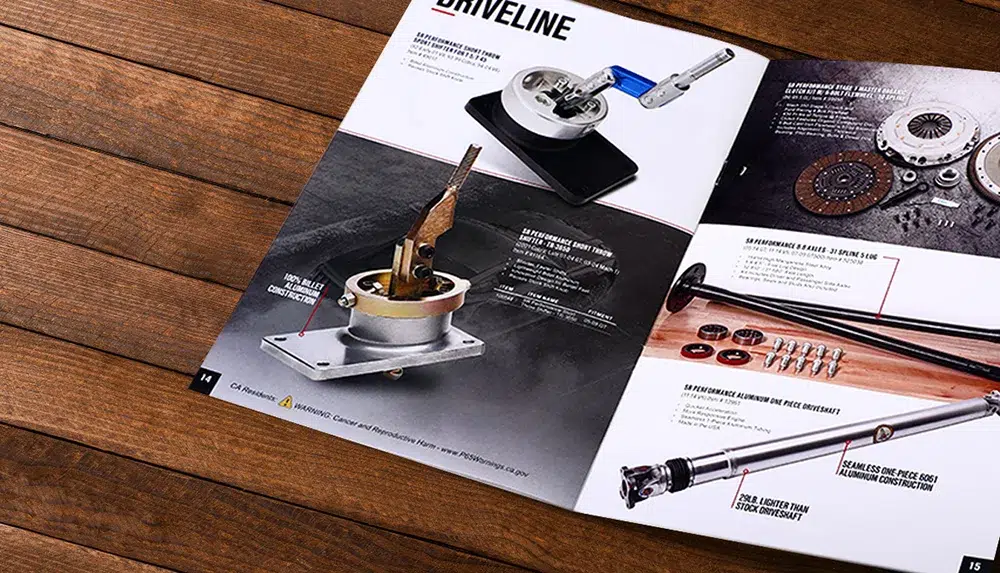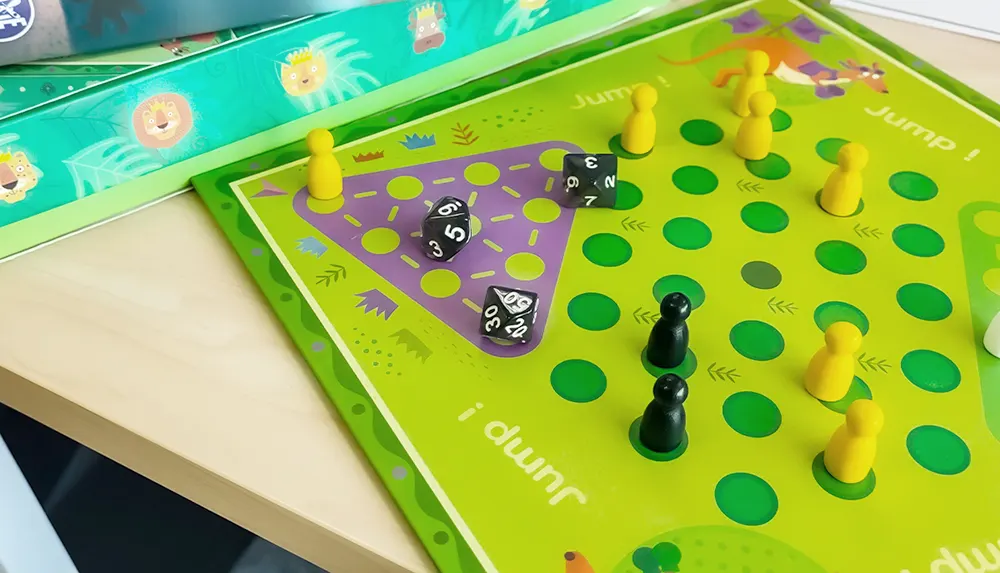Drawing on over 25 years of success in the offset printing industry, we explain the essential design principles that self-publishers need to know to create a cookbook that sells
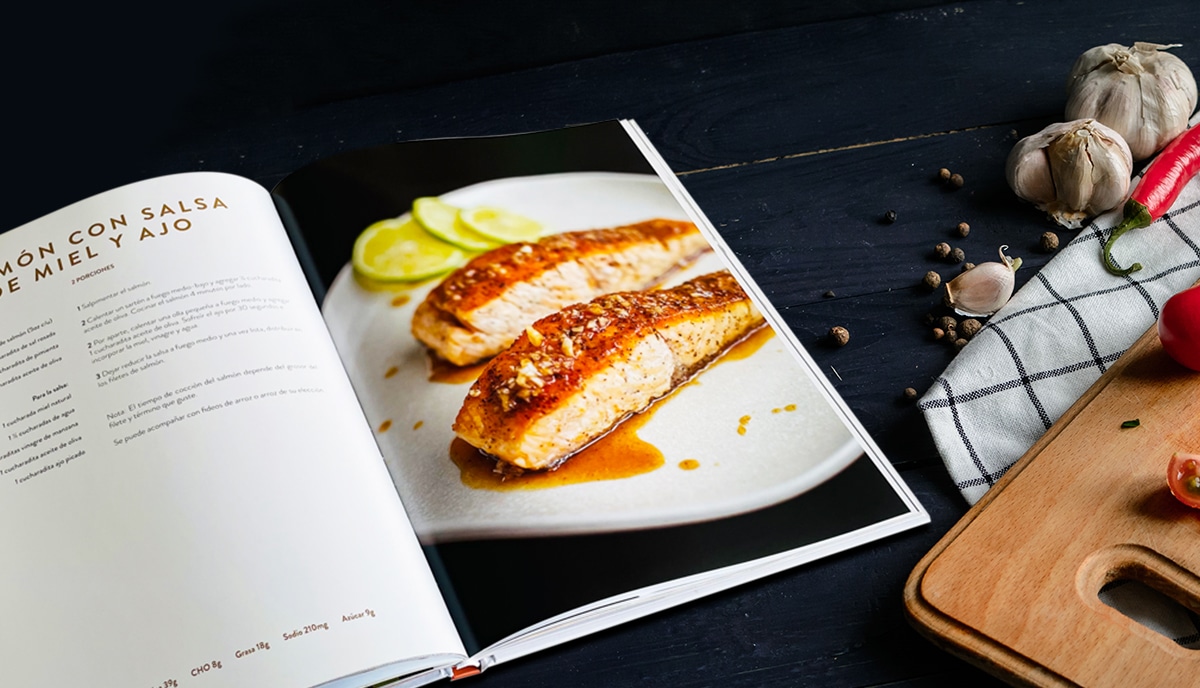
Cookbooks have long been a beloved part of our culinary culture in the USA, Britain, and Europe, guiding us through the magical world of recipes and flavors; either teaching us the basics or giving us the information and confidence we need to get a little more creative in the kitchen. However, in today's age of the independent entrepreneur cook, self-publishing has opened up a whole new realm of possibilities for aspiring cookbook authors. With the right cookbook design, you can bring your culinary creations to life and captivate readers' tastebuds around the world. In this helpful guide, well explore the principles and strategies behind designing a cookbook that not only showcases your recipes but also has the best chance of selling.
Who is your cookbook for?
Before diving into the creative process of cookbook design, it's crucial to identify your target readership. Who are you writing for? Are you catering to busy professionals looking for quick and easy recipes? Or perhaps you're crafting a cookbook for gourmet food enthusiasts who appreciate culinary artistry? Your focus could be on wholesome nutrition for the family or special dishes for professional athletes. Maybe you have an idea to create tasty and nutritionally balanced recipes that are also colorful and fun for kids. Whatever your aims, understanding your readership will shape every aspect of your cookbook, from the recipes you choose to the visual aesthetic that will appeal to your readers.
Creating an outline: organizing your culinary journey
A well-structured cookbook is a joy to navigate, allowing readers to find the recipes they desire easily. It should also be well illustrated with professional food photography, illustrations, and tables. You may also want to add:
- an appendix with weights and measures conversions
- a glossary of terms
- and an index to make looking things up by ingredients, meal types, or occasions, super-simple
Begin by outlining the different sections and chapters of your cookbook. If you're focusing on a specific cuisine or theme, divide your recipes accordingly. For example, if you're exploring Mediterranean cuisine, you could have sections dedicated to appetizers, main courses, desserts, and beverages. This organization not only helps readers find what they're looking for, but also creates a cohesive and immersive culinary experience.
You'll also need to think about how much information you'll have on a page. Besides the list of ingredients (which could be in a separate side box) and the instructions, you could add a personal statement about why you love the recipe or how you came to create it, a relevant quotation, or a symbol that lets the reader know if it's vegetarian, for example, or gluten-free. Will you print photo-montages of each step in the process or a full-page spread showing the finished recipe being served? You can make whatever choices you like, but you will need to think about all these things in advance.
Crafting captivating recipe titles
The title of a recipe is the first impression your readers will have, so it's essential to strike the right balance between intrigue and information. A well-crafted recipe title can pique curiosity and entice readers to explore further. Consider using descriptive and evocative language to make your recipes irresistible. For example, instead of simply calling a dish “Chocolate Chip Cookies,” you could entice readers with “Decadent Double Chocolate Chip Delights.” Experiment with different titles and seek feedback from friends and colleagues to find the perfect balance.
Consistency in names and measurements
To ensure clarity and ease of use, maintain consistency in the names of ingredients throughout your cookbook. Avoid using different names for the same ingredient, as this can confuse readers. If you refer to “eggplants” in one recipe, stick to that terminology throughout the book; don't call them “melanzane” or “aubergines” somewhere else. Pay attention to measurements and abbreviations. Using standardized abbreviations such as tsp., T, and C ensures readers can easily understand and replicate your recipes with no guesswork. And, if you're aiming at an international audience, you may need to give alternative measurements, too.
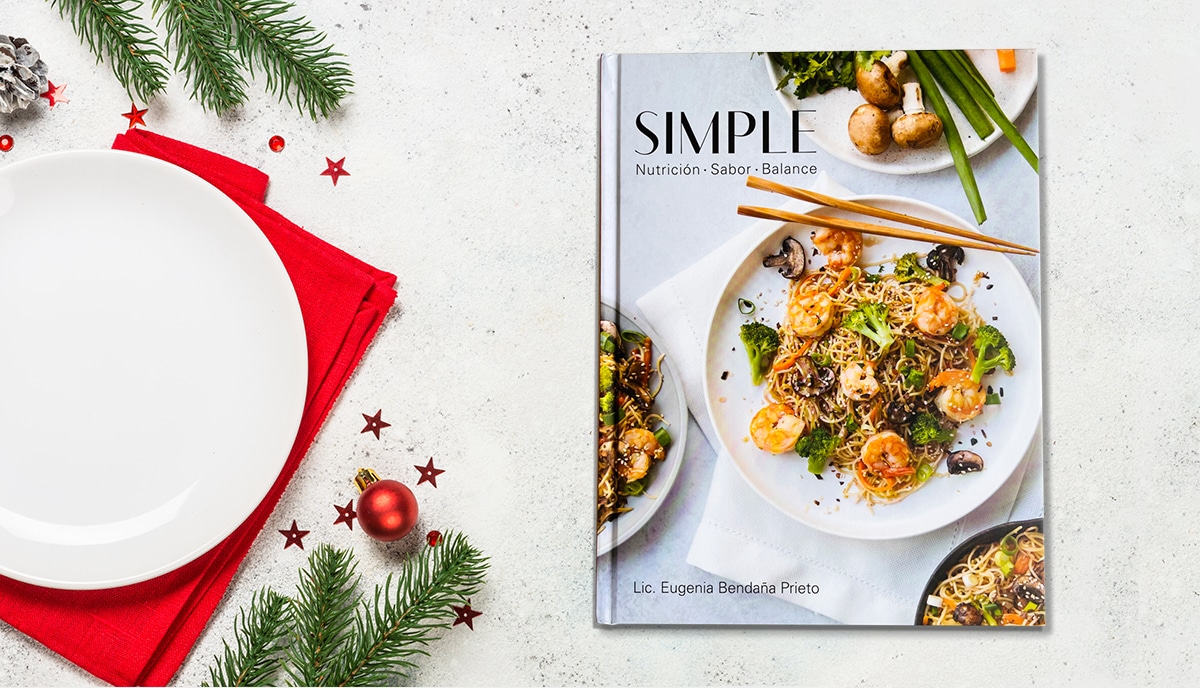
Following the 8-fold recipe structure
A well-structured recipe is like a road map for your readers, guiding them through the culinary journey with ease. While you may wish to innovate in other ways, for writing up your recipes, we recommend you stick to the classic recipe structure readers are familiar with. This includes:
- Title: create captivating recipe titles as discussed earlier.
- Introduction or Special Instructions: keep this section concise, sharing any unique aspects of the recipe or personal anecdotes that add flavor to the cooking experience.
- List of Equipment Needed: specify any specialized equipment required for the recipe, such as a blender or pastry bag.
- Ingredients and Measurements: provide a clear and consistent list of ingredients and their respective measurements.
- Preheating and Preparation Instructions: clearly state any preheating or preparation steps required before diving into the recipe.
- Method and Combination of Ingredients: present step-by-step instructions for combining ingredients and executing the recipe.
- Estimate of Cooking and Prep Time: give readers an idea of the time commitment required for the recipe.
- Serving Suggestions: specify the serving size and the number of servings the recipe yields. This information is especially important for readers planning meals or entertaining guests.
The reason that this structure has become standard is that it works! A recipe book is like an instruction manual. You need to make it clear, logical, and easy to follow step-by-step, even for someone who may never have cooked before. Laying out your recipes using this structure will help make sure you miss nothing out or confuse your reader.
Test, retest, and perfect your recipes
Even if you have perfected a dish, it's crucial to test and retest your recipes to ensure consistent results for your readers. Follow each recipe precisely, measuring ingredients accurately, and noting any adjustments or modifications that may enhance the outcome. Remember, what may seem like common knowledge to you may not be obvious to others. Explain your tried-and-true techniques, such as the importance of chilling dough or using parchment paper, to help readers achieve the best results.
Choosing the right format
The format of your cookbook is an essential consideration to complement your content and appeal to your target audience. For a diverse collection of recipes, a larger photo spread and a comprehensive layout can enhance the overall experience. A niche or specialty cookbook might benefit from a smaller profile with focused instructions and specific examples. Tailor your format to the needs and preferences of your audience, whether they prefer functionality or a luxurious tactile experience. A luxury cookbook might be indistinguishable from a large format coffee-table book, complete with hardcovers, dust jacket, ribbon markers, threaded headbands, and gilt edging; while a recipe book intended for daily use with the kids joining in may have laminated pages and be spiral bound with a bright plastic colored coil.
Selecting layouts and photos
Before capturing photos for your cookbook, consider the size and orientation you envision for each image. Visualize how these photos will fit into your book and plan accordingly. If you expect smaller photos, ensure they capture the essence of the dish, while full-page spreads should highlight the intricate details. When framing your shots, keep in mind the overall balance of shapes and colors to create visually appealing compositions. Remember, these photos entice readers and motivate them to recreate your recipes. But you also need to balance showcasing your best work against guiding your readers with realistic expectations of what they might achieve.
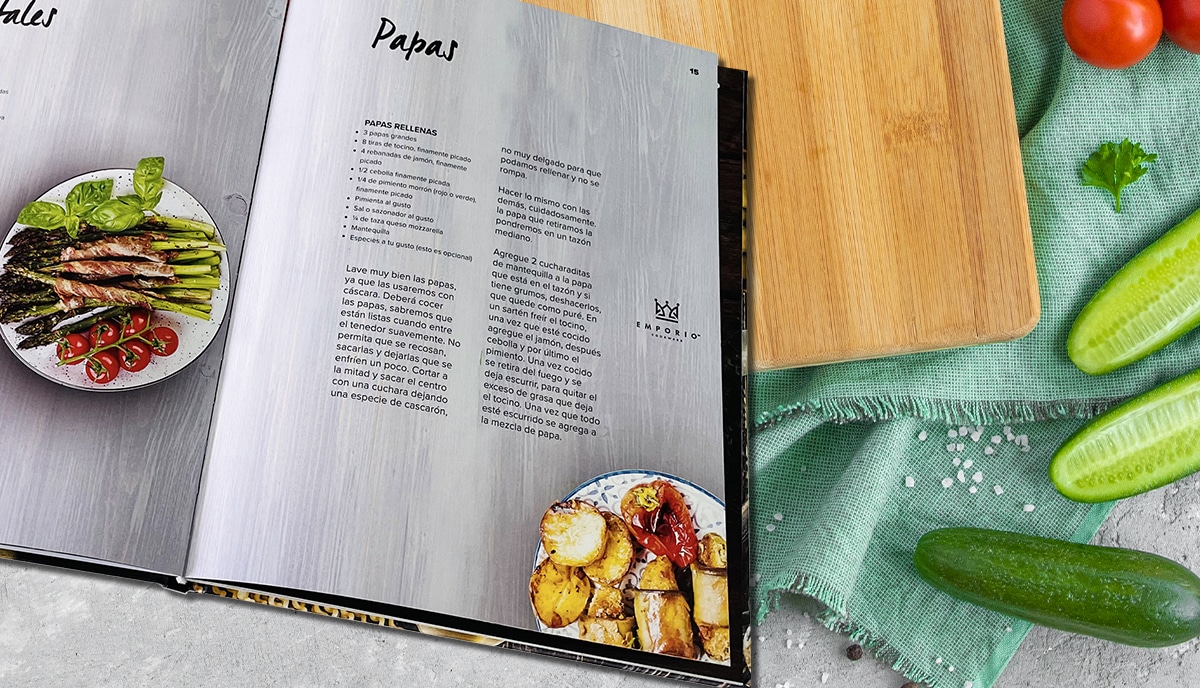
Embracing white space
In cookbook design, less can often be more. Embrace the concept of white space, which refers to the empty areas surrounding your content. Including less food in your photos than you would typically serve enables readers to focus on the featured dish. Remove any secondary objects that do not contribute to the overall appeal of the recipe. And don't overcrowd the page with boxes, bullet points, and unneeded information. While keeping it interesting, just make sure that there's enough space between things to keep the experience clear and – pardon the pun! – easily digestible. By utilizing white space effectively, you can create a visually pleasing and appetizing presentation for your readers.
Balancing creativity and practicality
Throughout the cookbook design process, remember to balance your creative vision with practicality. While you may strive for perfection, it's important to recognize when your cookbook is good enough to be shared with the world. The journey of creating a cookbook can enhance your own culinary skills, and the final product will help aspiring chefs improve their abilities as well. Embrace the satisfaction of knowing you have created a culinary manual that will inspire and delight readers for years to come and know that if you achieve the right balance between creative flair and helpful practicality, you'll increase your chances of making a cookbook that will sell.
Designing a cookbook is an exciting and rewarding endeavor, allowing you to share your culinary expertise and passion with the world. By understanding your audience, organizing your recipes, crafting captivating titles, maintaining consistency, and following the classic recipe structure, you can create a cookbook that captivates readers, garners good reviews, and sells. Through careful testing, thoughtful format selection, and visually appealing layouts, your cookbook will be a beautiful and useful addition to any amateur cook's kitchen bookshelf.
Talk to us!
If you feel you have the ingredients that it takes to cook up a beautiful, high-quality cookbook — and personal customer service matters to you as much as a world-class product — then we should talk. Get in touch today to chat through your needs or to ask for a no-obligation quote. We can't wait to help you make a tasty, mouthwatering cookbook!





